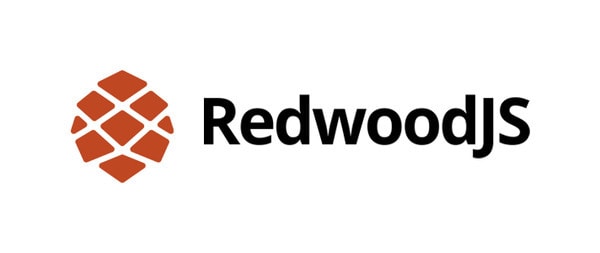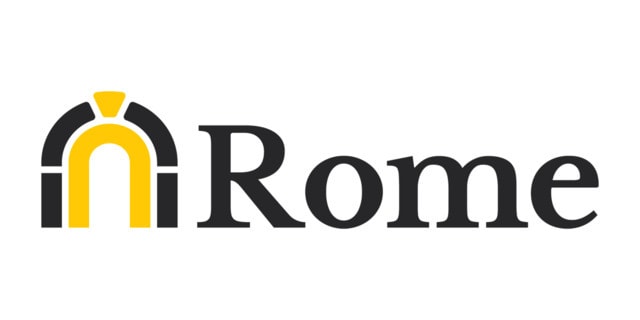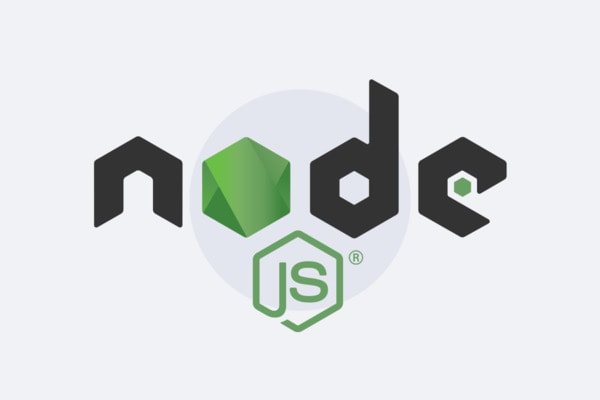Hello to all those who admire JavaScript and follow its evolution! It is time to bring you up to date on the most notable releases and bits of news from the JavaScript world. Today, you will learn about the present and future of RedwoodJS, a new addition to the Rome toolchain, key peculiarities of the Node.js update, new serverless runtime from Netlify, and why JS pages appear empty in Google’s cache. As a special treat, I’ve also collected a pack of useful articles that will help you to delve deeper into various aspects of JavaScript and web development.
Let’s get started!
News and Updates
Meet RedwoodJS 1.0

Three years ago, Tom Preston-Werner, one of the masterminds behind GitHub, came up with the idea to create a new web app framework. And after a short time, web developers had a chance to play around with RedwoodJS v0.1. It is a full-stack serverless framework
designed to help start-up businesses in developing apps with less time and resource input. Powered by React, GraphQL, and other popular technologies, this framework already helped many new projects to raise over $19M.
This month, this promising framework has been finally updated to version 1.0. This big release makes RedwoodJS fully suitable for production use. It seems that much more is to come since Mr. Preston-Werner plans to pledge a million dollars for further development of the framework during the next year. Get more details about this announcement and become familiar with further details on the framework update by visiting the RedwoodJS community page.
Introducing Rome Formatter

Rome is a promising project aimed to create a JavaScript toolchain and improve the front-end development process. It became known to the web community in 2020. Since then, the Rome team started heading slowly but surely towards achieving their goals. The recent release of Rome formatter has become a new step forward for this project.
While Prettier is considered by many as a top tool in the field, the Rome formatter was made with Prettier’s styling decisions in mind. It is planned to make the new formatter fully compatible with Prettier in the future.
When talking about the main distinctive features of this new product, I have to point out the ability to work freely with the code containing syntax errors. Currently, it has the status of an opt-in feature and it is going to be available by default in future releases. One more thing that helps the Rome formatter to stand out from the rest of the tools like Prettier is its high performance. It is also said that we can expect new products to be added to the Rome toolchain in the near future. But for now, check out this release article to get acquainted with the new formatter in more detail.
What’s New in Node.js 18

Today, there are plenty of technologies to make a web app work on the server-side, but many programmers still choose Node.js for this purpose. Despite its numerous drawbacks, it is still an extremely popular tool with strong community support. Moreover, the Node development team continues to improve this JavaScript runtime environment, and recently it has been updated to version 18.
This major update includes a range of new features and improvements that will help developers to reach their goals more effectively. For instance, this release includes two interesting experimental features - fetch API and test runner. The first feature will help to retrieve data via network requests, while the second one provides a clear way for running tests without any extra dependencies. From now on, programmers can also take advantage of improved support for ECMAScript modules, V8 engine updated to v10.1, and other goodies.
Right now, Node.js 18 has the status of current release but in October 2022 it will be promoted to long-term support until April 2025. Learn more about this major update in the release article.
Netlify Edge Functions: New Serverless Runtime Compatible with Top Web Frameworks

Netlify, the platform for modern web development, presented a new runtime environment named Netlify Edge Functions for delivering fast web experiences in less time. This technology utilizes Deno and the V8 JS engine to allow running JavaScript and TypeScript functions at the edge for the fastest possible response times. This new runtime also enables developers to use server-side capabilities of popular frameworks such as Next.js, Nuxt, SvelteKit, Remix, etc. Read the official announcement to become familiar with Netlify Edge Functions in greater detail.
Google Comments on Question of Empty Cached JS Pages

Google has recently published a detailed answer to one interesting question regarding JavaScript-based web pages in the latest episode of the Ask Googlebot video series. An individual faced the situation when a cached version of React pages displayed a blank page and asked Google experts to comment on it.
John Mueller, the search advocate from Google, said that it is absolutely normal when JavaScript-based pages appear blank or incomplete in Google’s cache and it is not a sign of any trouble. The thing is that Google’s cache deals mainly with HTML elements, while JavaScript caching is restricted by the browser’s security rules.
Useful Tips and Articles
Building a Basic Gantt Chart App with React
If you face the task of building a React Gantt chart application for effective project management, you will certainly need some tools that will help you to implement the necessary functionalities much faster.
The DHTMLX team has extensive experience in providing ready-made JavaScript components that significantly facilitate the creation of project management apps. Recently, they published a great video tutorial on how to create a basic React Gantt application using their popular JavaScript Gantt chart library and React Class components. This video gives a clear explanation of important development stages and can be really helpful for web developers with a similar task.
Using JavaScript Libraries for Effective Data Analysis
Nowadays, data analysis has become a key ingredient for data-driven decision-making. That is why modern business applications frequently include tools intended for managing and visualizing large amounts of data. Implementing various instruments for data analysis from scratch can be a time-consuming and labor-intensive process.
That is why many developers take advantage of special JavaScript libraries from reliable vendors such as DHTMLX. Such libraries contain a lot of useful features and help to avoid unnecessary bugs. In this article, you can find an overview of DHTMLX JavaScript libraries such as Grid, TreeGrid, Charts, Spreadsheet, and Pivot designed to cover essential needs in data analysis.
Delivering More Secure Code on GitHub
As a rule, developers are much more excited about writing new code than testing it and keeping dependencies up to date. They certainly know that ensuring the security of their code is the right thing to do but at the same time, it may also increase the development time. Fortunately, GitHub provides a range of useful tools and features aimed to help developers to deliver high-quality code without any significant time lags. This article provides a description of five security hacks available on GitHub.
Improving your JavaScript Debugging Skills
When it comes to debugging JavaScript code, programmers frequently apply console.log() in your browser for detecting syntax or logical errors. It is a common and easy way to deal with bugs but it is not a cure-all solution. There are many other methods in the console that also serve this purpose. The author of this article gives a list of 9 useful tips on how to debug your code more efficiently.
Exploring Props in React
For years now, React has been one of the most popular and widely used JavaScript frameworks and it is not surprising that many developers want to learn it. But some beginners may be confused with such a term as React props. It is a special term that means properties used for passing data between React components. Understanding props and how they work is a big step towards mastering React. If you try to learn this framework but have difficulties with props, this tutorial will help you to fill in this gap in knowledge.
That’s it for now. Thanks for reading this article and stay tuned for more JavaScript stuff in the coming months.






Top comments (0)